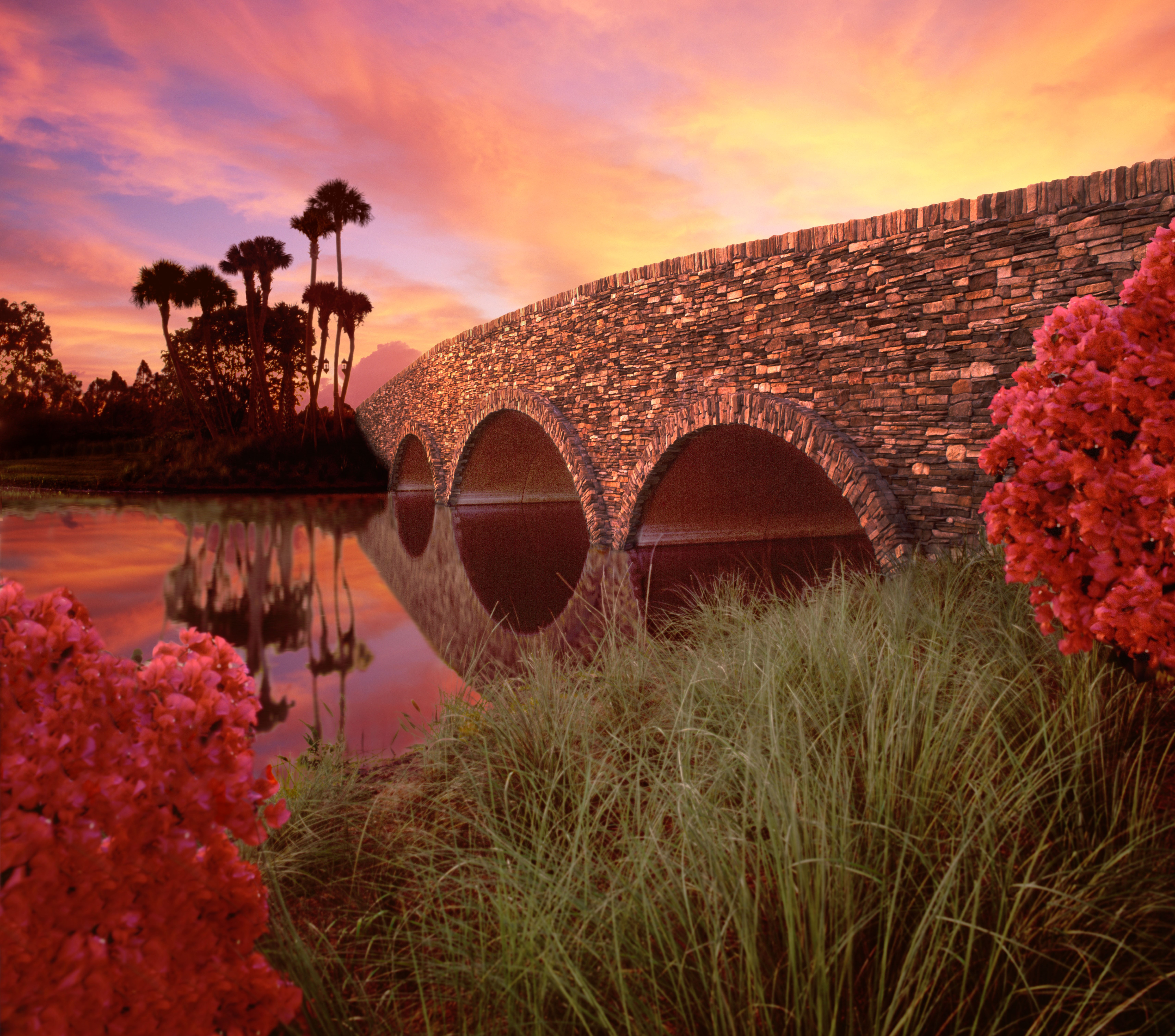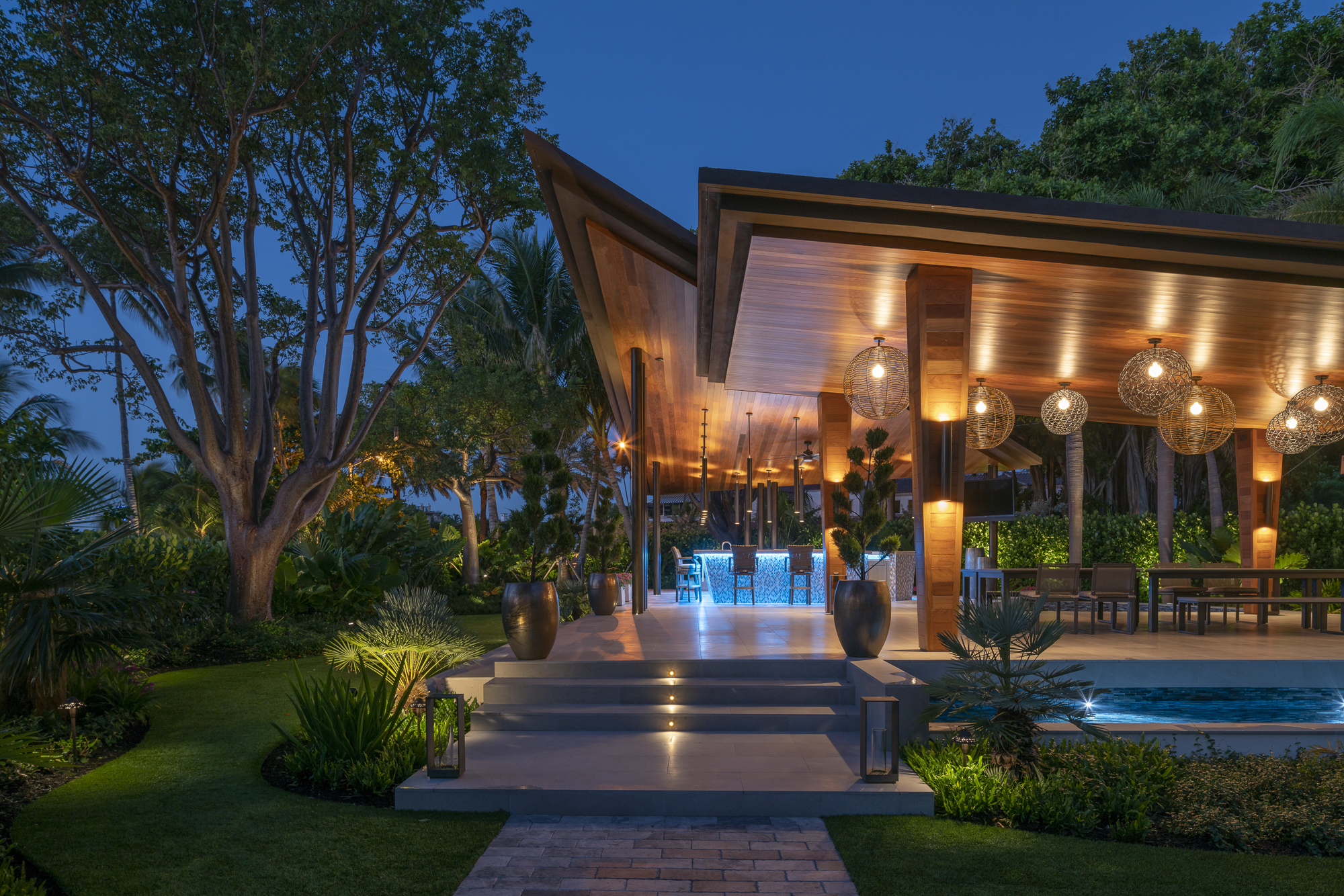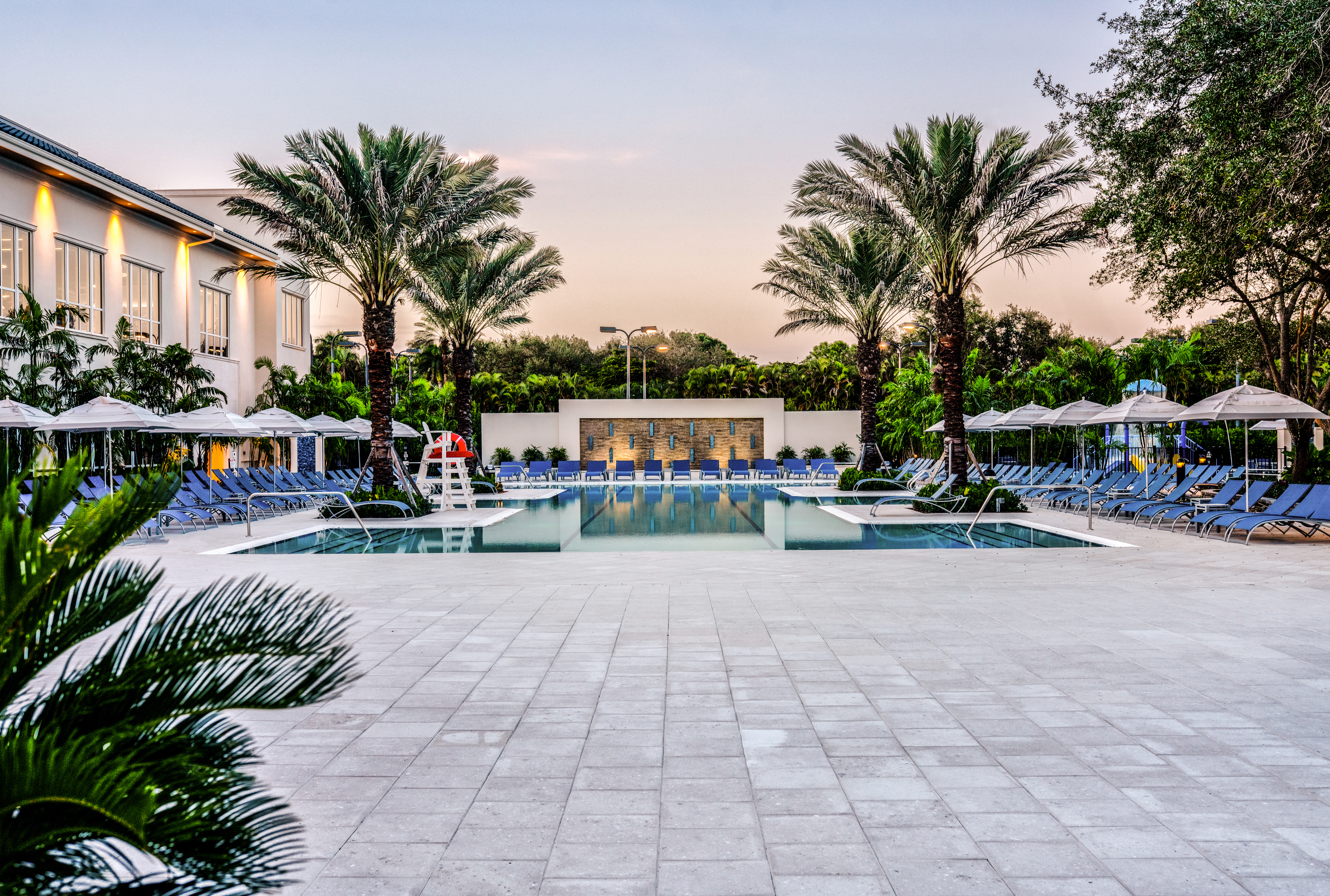WHY SHOULD I HIRE A LANDSCAPE ARCHITECT?


MORE THAN A PRETTY PICTURE
In January we talked about the exciting news that landscape architecture has been deemed a S.T.E.M. discipline. We also detailed some of what landscape architects do and the requirements to become a licensed landscape architect. The natural progression of this thought process leads to the question “Why should I hire a landscape architect?” This question is multifaceted, so let’s dig in (pun intended!).
Did you know that landscape architects design hardscape features such as pools, spas, water features, retaining walls, motor courts, patios and exterior circulation, outdoor kitchens, pergolas, community entrance features, parks, promenades, courtyards, and aquatic center amenities? And that is just to name a few. Chances are when you view the work of a landscape architect they have designed all or most of the exterior hardscape elements in addition to the planting design. As shown in our COMMUNITY, RESIDENTIAL, and COMMERCIAL portfolios, the hardscape elements featured were designed by the talented team at KWD Landscape Architecture.
Landscape architecture has been designated a STEM profession for good reason. In the process of our work, we must be incredibly creative in the production of conceptual design yet must also possess the technical skills and knowledge to produce safe, functioning hardscape elements. This process includes the creation of hardscape design development and hardscape construction document plans.
Once complete, these drawings are forwarded to structural, civil, and pool engineers for further detailing. They are then used for bidding, permitting, and building our client’s vision. During the hardscape design development phase, every detail is evaluated in AutoCAD. This leads to the hardscape construction document phase where plans are intricately labeled to communicate the design intent, and dimensions are added to all design elements. Sections and elevations are created to accurately depict how the design element is to be built. In addition, we also assist clients in selecting hardscape finishes. This process is often done in collaboration with the rest of the design team, which generally includes an architect, interior designer, and general contractor. Knowledge of product performance and color theory are necessary to provide our clients with the best-looking design that will stand the test of time in the regional elements. We then translate this information to a finishes plan, calling out each finish, showing the patterns of the finishes, and expressly describing how they are to be applied and where.
During the planting phase, landscape architects also engage in a planting design development and planting construction document where we carefully select plant material that will not only compliment the overall design but is most likely to thrive in a specific location with that specific amount of sun exposure. Plant color, texture, and placement are just some of the technical aspects that are considered when creating a planting plan.
After all of this has been completed, a landscape lighting plan is created for safety and aesthetic beauty. Careful attention is paid to those areas such as steps, pathways, entryways, and special spaces to ensure they are adequately lit. Landscape lighting is also used to highlight specimen trees and other planting arrangements.
All the plans mentioned above are then used for

submission to the local municipality. Once approved, plans are then used during the implementation phase. During this phase landscape architects conduct site visits to evaluate if the hardscape structures are being built according to the design intent. It is not uncommon for us to identify unforeseen issues during these site visits and work with the team to provide a solution before construction has been completed.
Beyond personal enjoyment, landscape architecture adds value to your home. A study conducted by Alex X. Niemiera, a Professor at the School of Plant and Environmental Sciences at Virginia Tech found that exterior improvements or “curb appeal” can increase the value of a home by as much as 15 percent. Design sophistication and plant size were the factors that added the most perceived value. This leads to the conclusion that an investment in the home exterior will only increase over time as the landscape grows and matures. (Niemiera, 2018)
It may seem like hiring a landscape architect is an expensive adventure, but the job of a landscape architect is vitally important to the success of your project as we are trained experts in exterior built environments. Additionally, be wary of anyone that tells you a landscape architect isn’t necessary, and they can complete your project based on a conceptual design or pretty picture. This often leads to clients calling us and asking us to step

in and assist after the fact, which ends up costing more in the long run. Just as you wouldn’t draw a conceptual design for a house and give it to a builder without hiring an architect, you shouldn’t skip the important step of hiring a landscape architect to create a conceptual design and then produce a complete set of plans. In addition, most municipalities require plans created by a licensed landscape architect.
Stay tuned for our next blog session where we begin to discuss the innate human desire for biophilia and the importance of biophilic design.

Written by Amy Wieland-Carlson
Managing Principal
